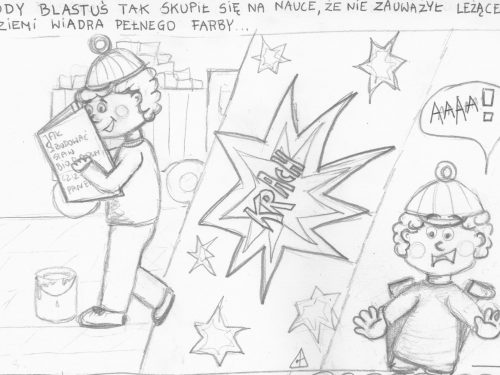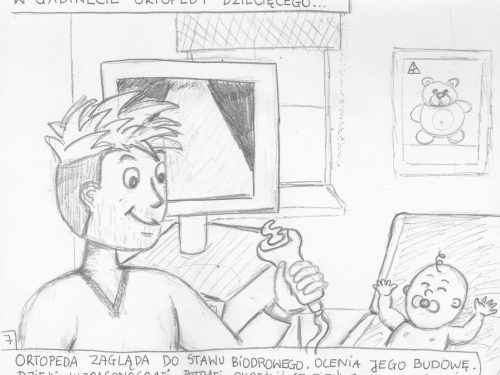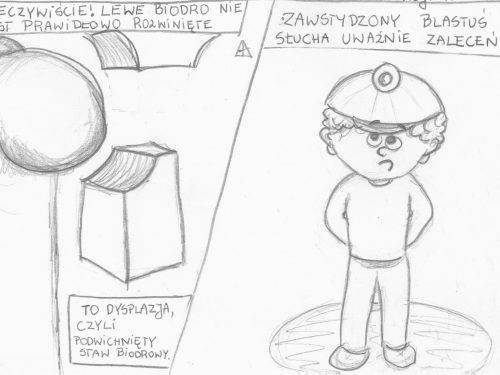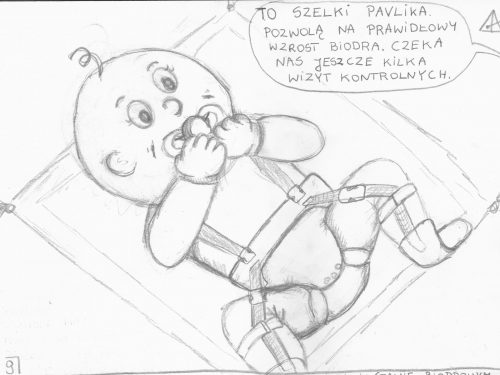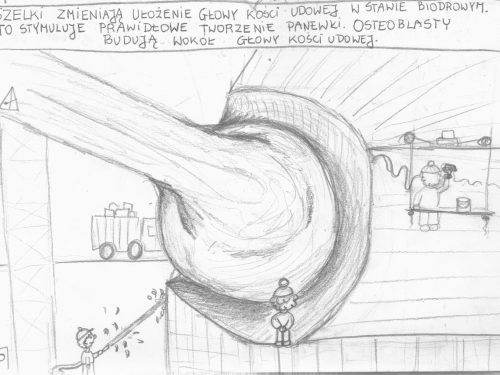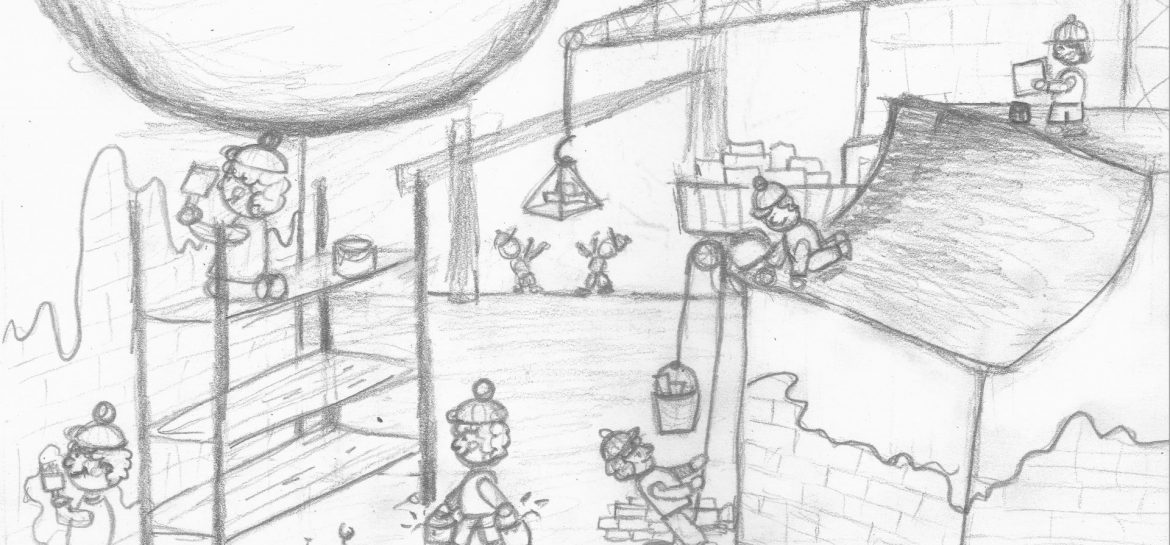
A long time ago in the joint. What is hip dysplasia?
Hip dysplasia is the abnormal development of the acetabular bone during fetal development. In a correct joint, the femoral head and acetabulum are perfectly matched to each other like two ‘Lego’ blocks, so that the joint can move without restrictions in any plane. A defective acetabulum (dysplastic) is too shallow and has steep edges – two blocks do not fit to each other, which makes the set move incorrectly, and the child may limp in the future and suffer from hip pain.
Does my child have hip dysplasia?
The risk of hip dysplasia in Poland is around 4%, i.e., four out of every 100 babies will be born with a damaged hip. The factors increasing the probability of a defect include:
– first pregnancy,
– high birth weight of the child,
– buttock or pelvic position,
– the presence of hip dysplasia in births or siblings.
Remember: This is only statistics, so this problem may or may not affect your child, which is why it is better to perform ultrasound of the hips.
When should the test be done?
We usually perform the test between the 4th and 6th week of life and then repeat it around the 3rd month of life. An exception are children with clinical suspicion of a defect which occurs during patronage examination of a newborn or infant by a pediatrician- then the examination should be done as soon as possible.
Remember: The sooner a hip defect is detected, the better the treatment results.
How does the consultation look like?
The examination contains of two steps- clinical examination and ultrasound. During the clinical step the orthopedist checks the range of movement in the joint, it’s stability and some balancing test.
The ultrasound helps to show the shape of the acetabulum and its position relative to each other.
Based on both examination steps I can tell the parents, is their child’s hips healthy, if the hips need some small correction or intensive treatment.
What if my child has a sick (dysplastic) hip?
Small hip dysplasia needs only to be observed. You should avoid putting the child on the “sick” side, and prefer to put the neonate on its back or stomach or use the so-called ‘wide diaper’ method. A big dysplasia – unstable hips, subluxation or dislocation are treated at home with special abduction orthoses -Pavlics suspenders or Frejka pillow.
Remember: The success of the treatment of dysplasia depends to a great extent on parents -of the proper use of orthoses and regular medical check-ups to correct their position during treatment.
What is the effectiveness of conservative treatment (orthoses)?
The effectiveness of treatment with orthoses is very high, but it depends on two factors: quick detection of the defect and good doctor-parent cooperation. Only a small fraction of the most severe dysplasia’s will require hospital treatment – extraction treatment with reposition and plaster application, or surgery to improve the fit of both joint components (head and acetabulum).



